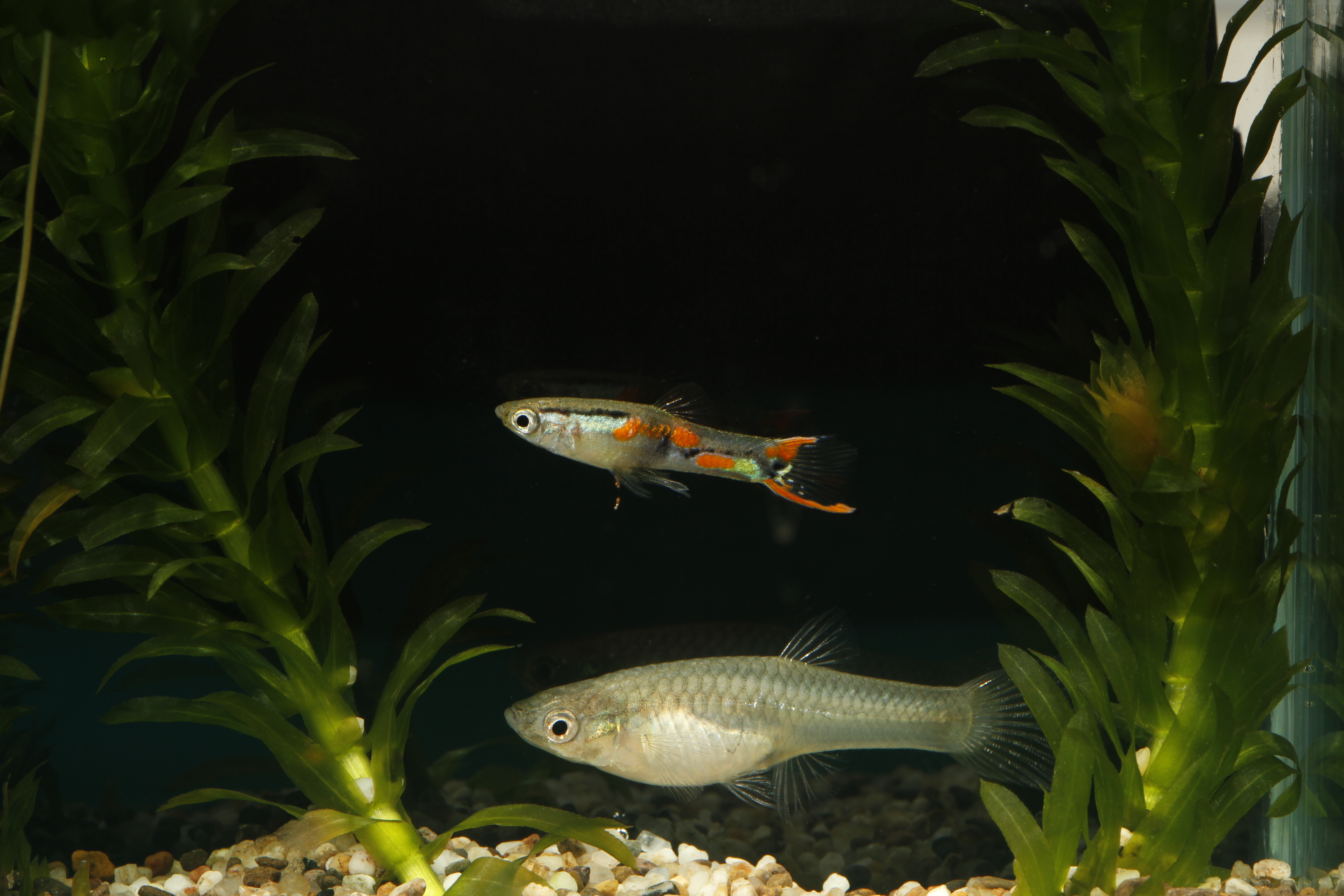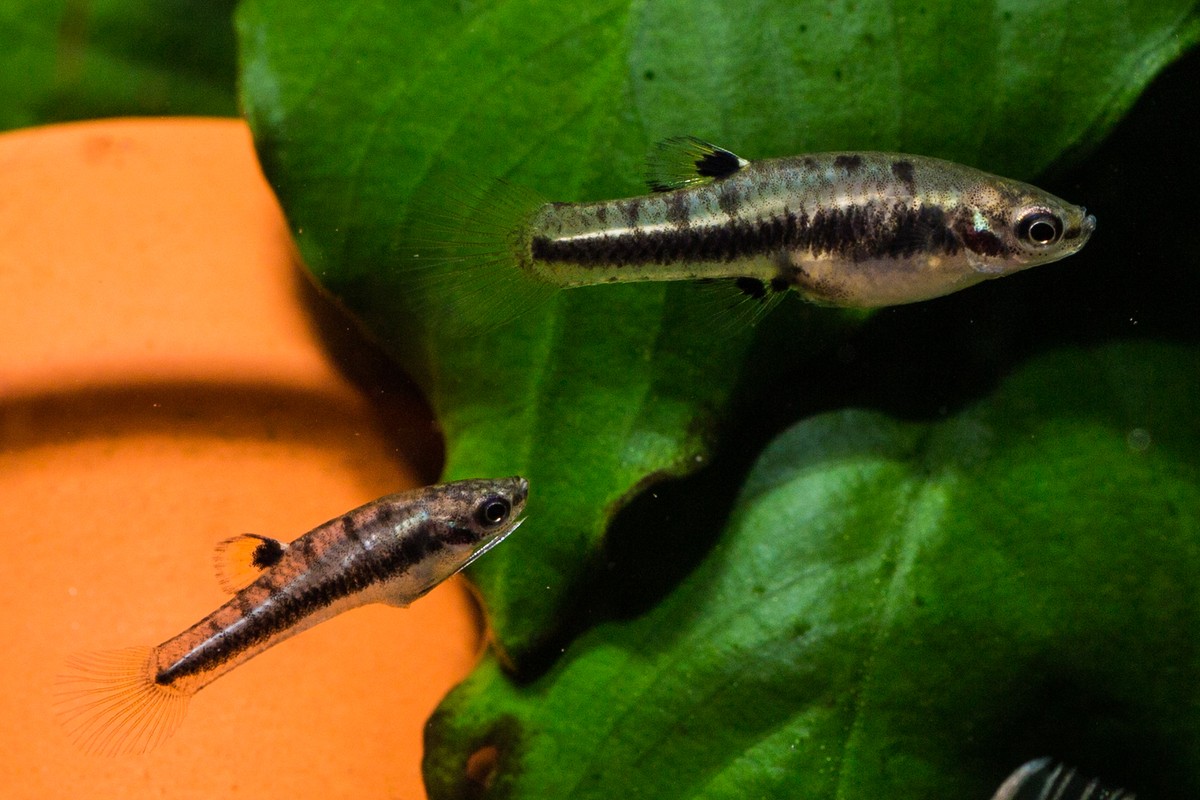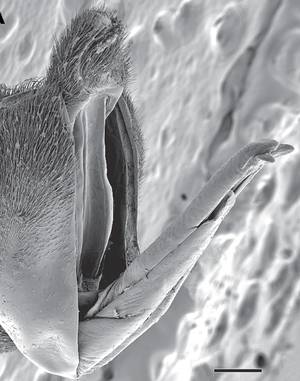Evolution of the placenta and sexual selection
2014/07/28 Carton Virto, Eider - Elhuyar Zientzia Iturria: Elhuyar aldizkaria

Unlike mammals, among the fish of the Poeciliidae family there has been an evolution of the placenta on several occasions. The placenta has emerged and has disappeared several times throughout the evolution, independently, among the fish of this family.This is a very special case that researchers from the University of California and the University of Montclaire have now used to verify an evolutionary hypothesis associated with sexual selection.
According to this hypothesis, in the species that lay eggs, the female must produce very expensive eggs before fertilization (with all the elements that make the embryo viable), conditions in which the characteristics associated with prenatal sexual selection predominate in the males, with bright colors and a behavior of courtship and very remarkable ornaments.
If it evolves into the body development of eggs (embryo), the initial investment of the mother is less expensive, which alters the balance of interests associated with sexual selection. Under these conditions, researchers at the University of Nevada proposed in 2001 that the results of this change would be minor, low color, and greater sexual organ, associated with a more hidden copulative behavior.
In fact, it is what the results of the recent research published in the journal Nature demonstrate: the coloring of males, ornaments and courtship behavior are closely associated with what the hypothesis predicts, when compared with fish and eggs of the Poeciliidae family that develop their eggs within their body. The pleasurable have no bright colors, have more attached bodies and larger sex organs.
Researchers from the universities of California and Montclaire have investigated 110 different species. According to them, the Poeciliidae family has unbeatable characteristics to check the hypothesis of sexual selection, since they are closely related species, but at the same time with diversity in reproduction: there are pure and pleasant speakers with different degrees of complexity.

The evolutionary hypothesis that they have tried to contrast with this study is based on the moment in which the investment of the mother occurs, that is, in the totality of the investment prior to the generation of the zygote or in the most important investment after the production of it. One and the other create a different conflict of interests.
According to the researchers, “our research offers a first empirical proof that corresponds to the hypothesis that passing the mother’s investment from being a precursor of cigaly to being a zygote descendant is associated with changes in sexual selection.” Although they recognize that behind this correlation there is a causal relationship.

Gai honi buruzko eduki gehiago
Elhuyarrek garatutako teknologia





